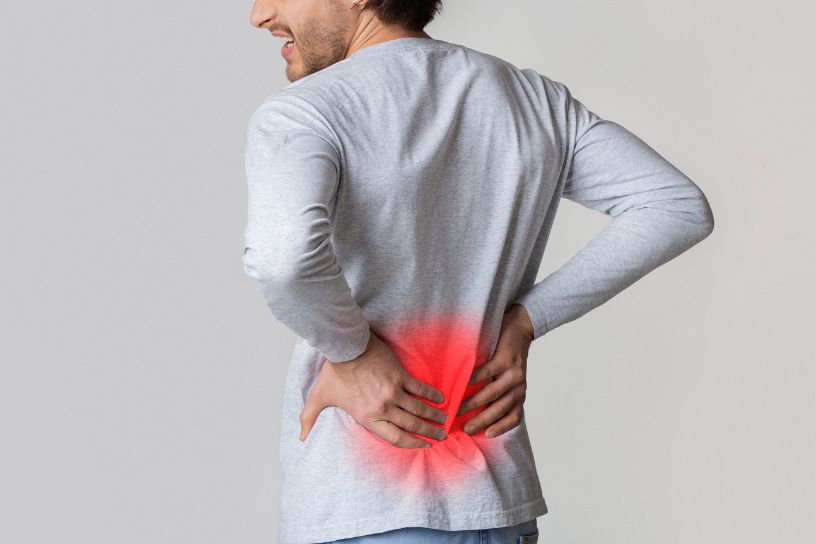Hip Pain Treatment
Dr. Abhay Chhallani provides valuable insights into the common causes and management of hip pain. Hip pain can indeed result from various factors, and it’s crucial to identify the underlying cause to develop an appropriate treatment plan. Here are some key points from Dr. Chhallani’s information:

- Location of Pain: The location of hip pain can provide clues about its underlying cause. Pain inside the hip joint or in the groin area may be due to issues within the hip joint itself, while pain on the outer side of the hip, upper thigh, or buttocks might be related to problems with muscles, ligaments, tendons, or soft tissues around the hip.
- Possible Causes: Dr. Chhallani mentions several potential causes of hip pain, including hip fractures (common in the elderly due to bone softening with age), arthritis, bursitis, infection, low back pain, osteonecrosis of the hip, sprains, strains, and tendinitis resulting from repetitive use.
- Diagnosis: Diagnosing the exact cause of hip pain typically involves a combination of medical history, physical examination, and diagnostic tests such as X-rays and scans. These tests help to identify the source of the pain and guide further treatment.
- Treatment and Self-Care: While self-care and over-the-counter pain relievers can offer temporary relief from hip pain, it is essential to address the root cause of the pain. Management strategies may include avoiding activities that worsen the pain, stretching exercises for the quadriceps and hamstring muscles, and warm-up exercises before physical activity. These measures can help improve the condition and prevent further discomfort.
Patients experiencing hip pain should consult a healthcare professional, like Dr. Abhay Chhallani, to accurately diagnose and address the issue. Depending on the cause and severity of the pain, treatment may range from conservative approaches like physical therapy and medication to more invasive options such as surgery in cases of severe fractures or advanced arthritis. Individualized care is essential to effectively manage hip pain and improve the patient’s quality of life.
